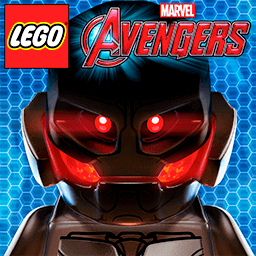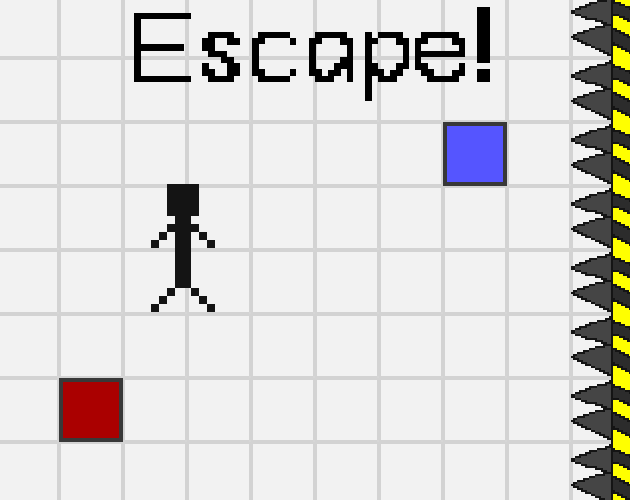MacBook Pro (15-inch, 2016) and later and MacBook Pro (13-inch, 2016, Four Thunderbolt 3 Ports) and later feature the Touch Bar, which changes automatically based on the application that you're using to show you relevant, familiar tools and controls. On some models, the Esc button appears on the left side of the Touch Bar, in the same place the physical Esc key appears on traditional keyboards.
Sometimes tools in the Touch Bar temporarily cover the Esc button:
Enscape 3.0 enables you to design intuitively. The UI overhaul enhances the design process giving you a more natural way to create real-time renderings and immersive experiences. Other features such as Local Assets, Upload Management, and batch rendering for Vectorworks add to. Escapes 1.1 for Mac is available as a free download on our application library. This Mac app was originally developed by Stefan Vogt. The application lies within System Tools, more precisely File Managers. This Mac download was checked by our antivirus and was rated as malware free. Escapes is developed for Mac OS X 10.8 or later. Proprietary Escape Codes. ITerm2 supports several non-standard escape codes. These may not work properly in tmux or screen, and may have unknown effects on other terminal emulators. Proceed with caution. The control sequences use the following notation: ESC means 'Escape' (hex code 0x1b). ST means either BEL (hex code 0x07) or ESC.
- A-Escape is an escape room game built from the ground up for VR. Working in collaboration with a real-world escape room business, A-Escape brings the complex puzzles and immersive environments of escape rooms to your living room.
- If you go to Jayisgames.com, you will find the game's page has downloadable Mac version listed. I couldn't get it to open on my Mac OS Mojave version 10.14, but maybe you can on your Mac. IF NOT, just click the large yellow PLAY bar seen the Jayisgames page, allow Flash plugin to operate if.
Escape (itch) (isen0428) Mac Os Free
After you tap or the Done button, Esc reappears.
How to use another key as Esc
You can choose a physical key to act as Esc, temporarily or permanently:
- Choose Apple menu > System Preferences.
- Select Keyboard.
- In Keyboard preferences, click Modifier Keys.
- Use one of the pop-up menus to choose another key to act as Esc.
For example, if you choose Escape to the right of the Control (^) Key label, pressing Control has the same results as pressing Esc: it closes menus that are open, and pressing Control-Option-Command makes the Force Quit Applications window appear.
You can return your keyboard to its original behavior by clicking Restore Defaults.
How to force apps to quit using Esc alternatives
You might not be able to use the Esc button in the Touch Bar if the app you're using becomes unresponsive.
If you need to use Esc to force an app to close, you can switch to another app and try Option-Command-Escape. You can also choose Apple menu > Force Quit.
If that doesn't work, or if your Touch Bar doesn't respond in any app, restart your Mac. Choose Apple menu > Restart or, if your Mac isn't responding, press and hold Touch ID (power button) until your Mac turns off.
Escape (itch) (isen0428) Mac Os Download

Using Esc in Windows

When you use Boot Camp to run Windows 10 on your Mac, Esc is in the same place on the Touch Bar as it is when you're using macOS.
You can also access Esc through the Windows on-screen keyboard. From the Windows menu, select the Windows Ease of Access menu item. Then select On-Screen Keyboard.